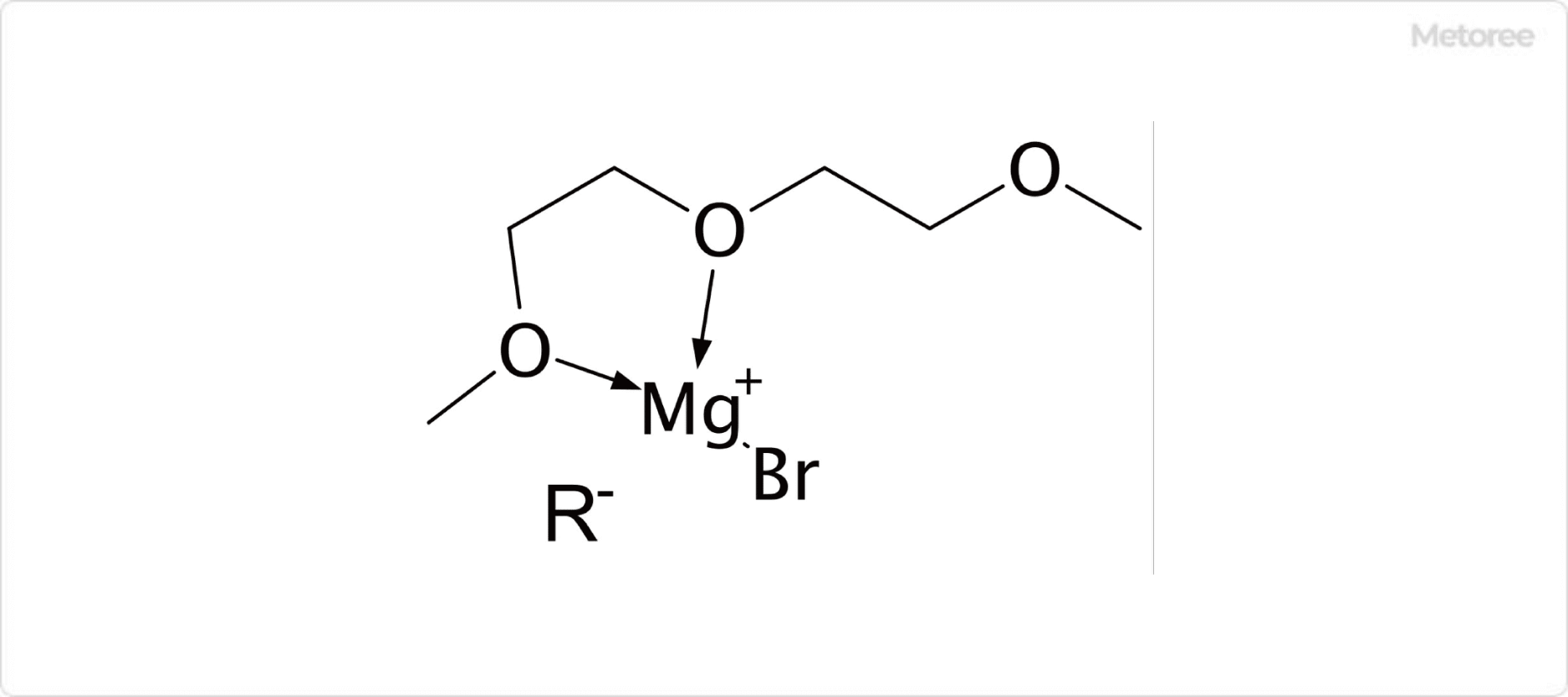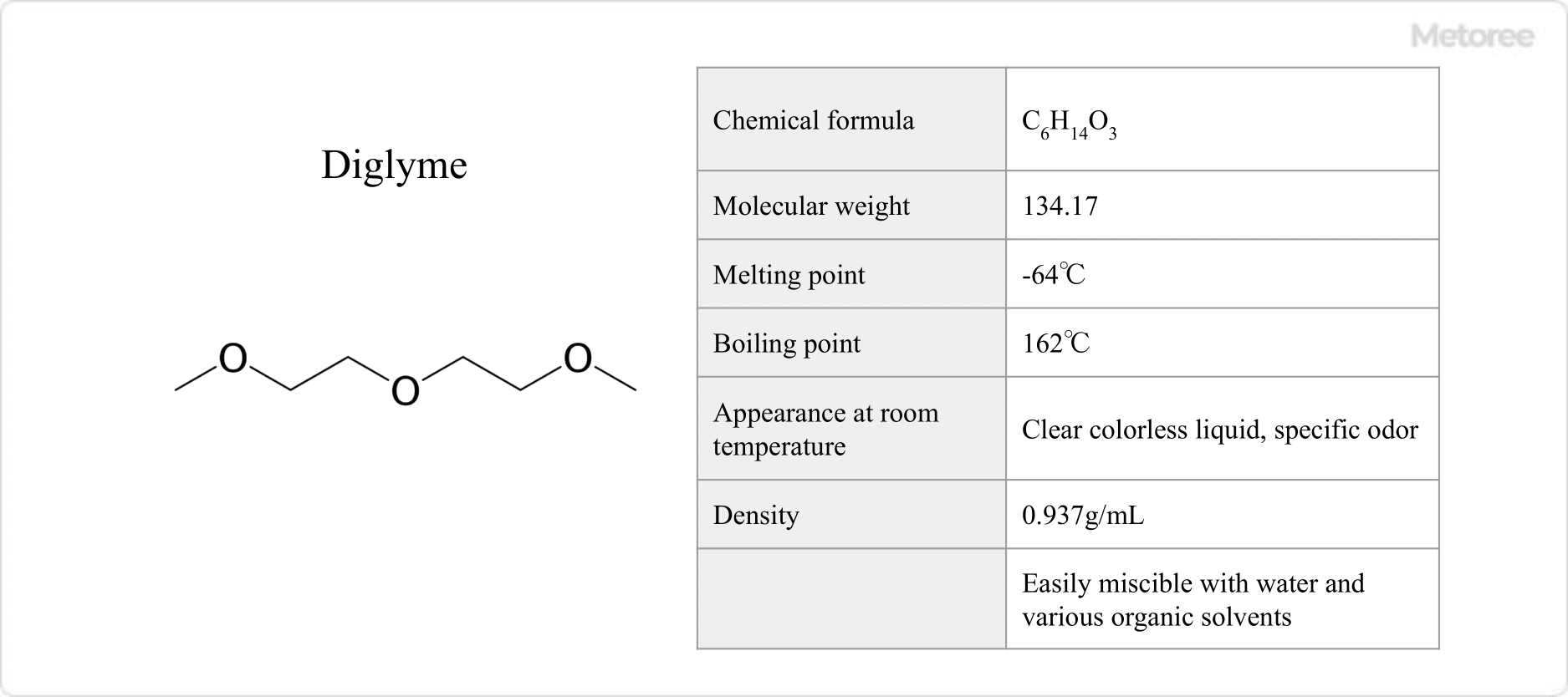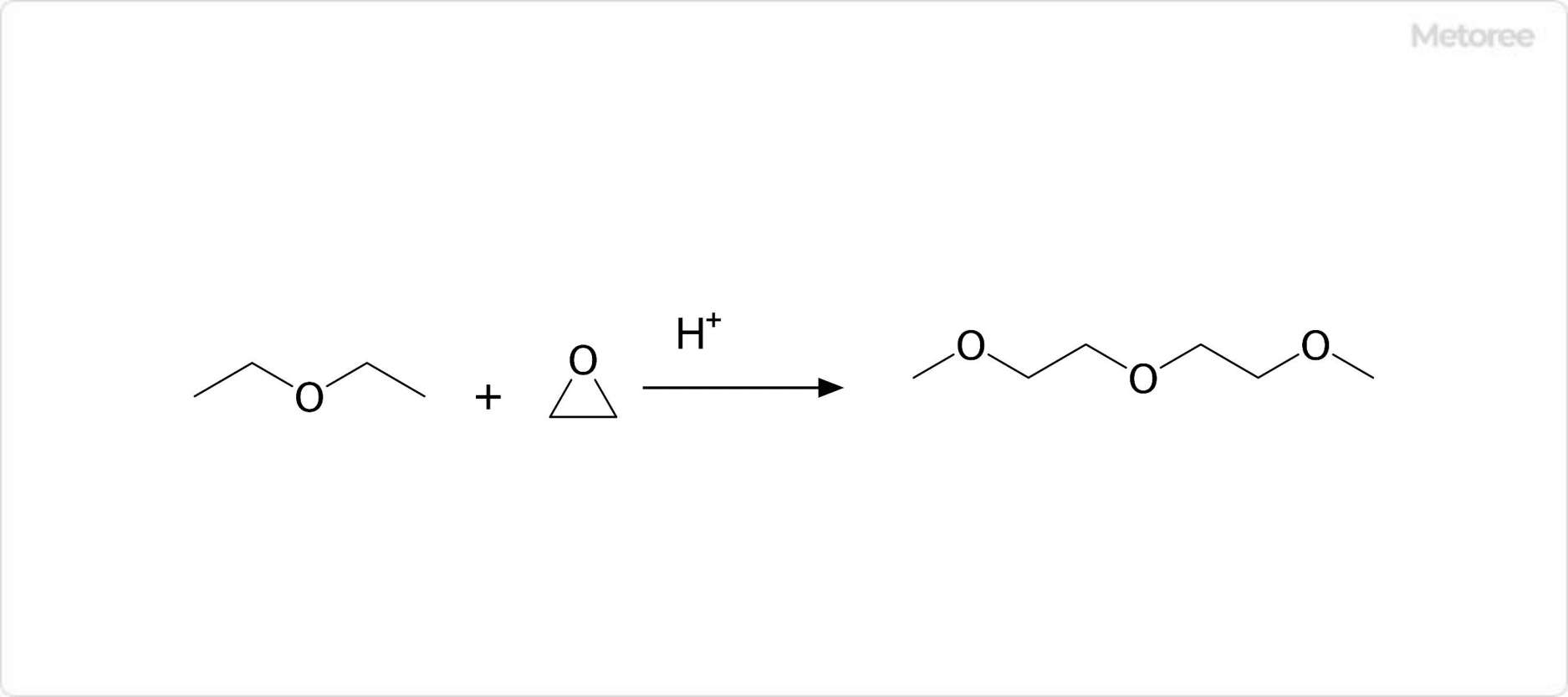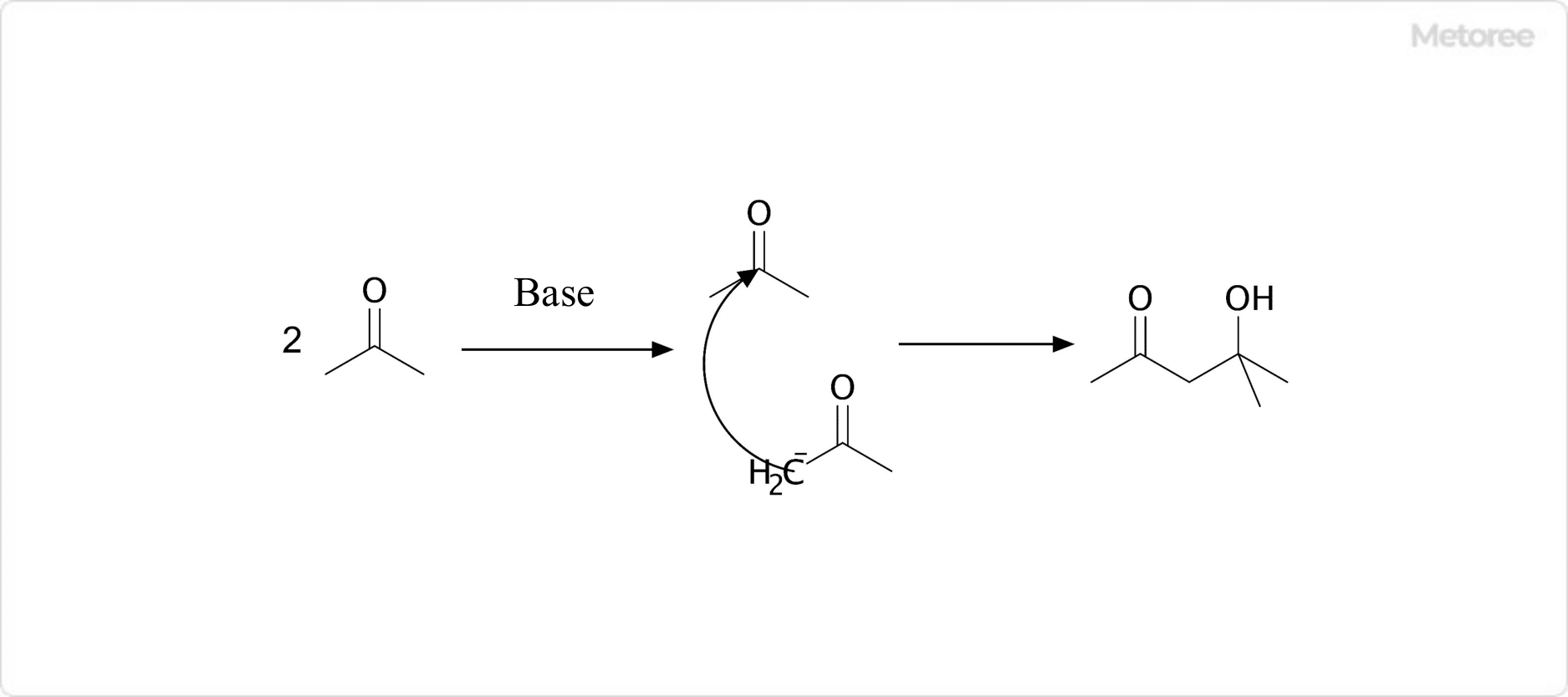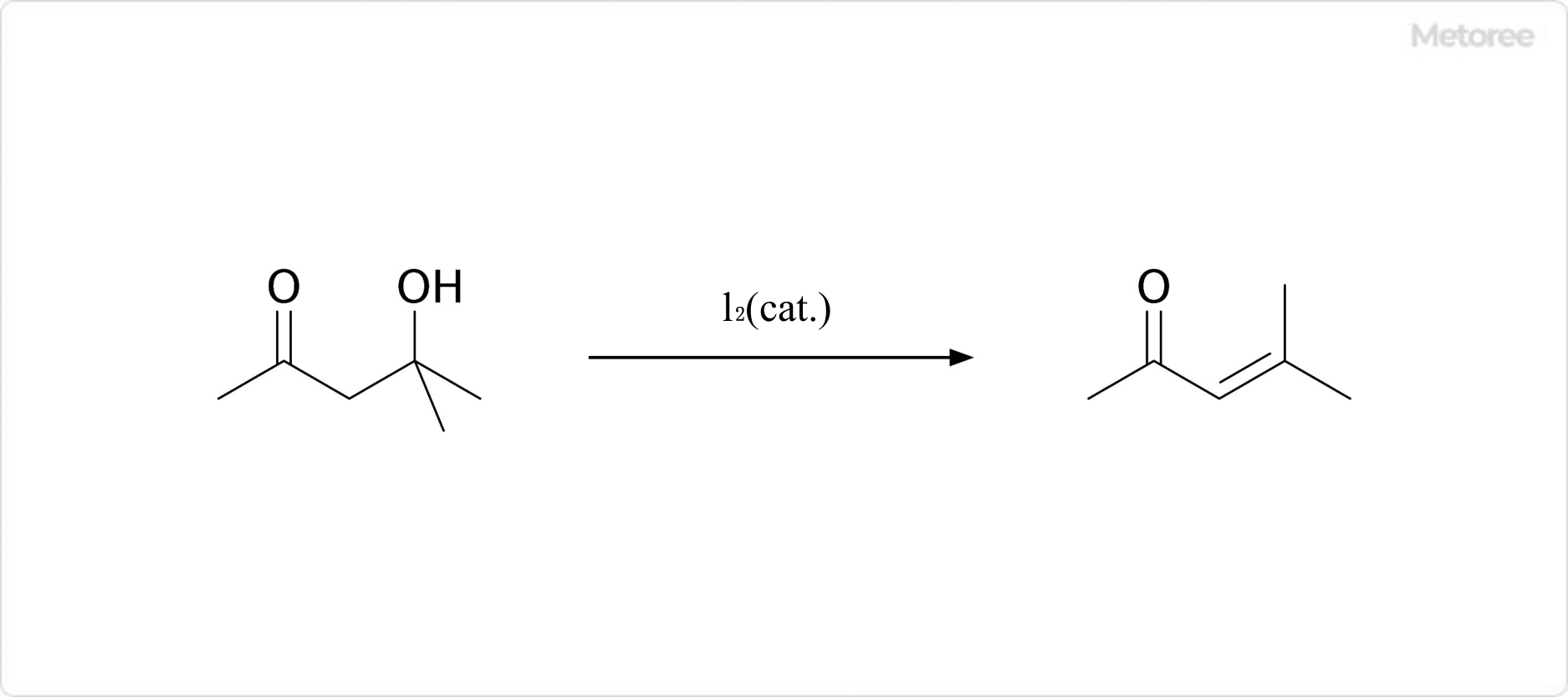What Is Sulfolane?
Sulfolane is an organic compound, appearing as a colorless to yellowish-brown, clear to slightly cloudy liquid. It has the chemical formula C4H8O2S, a molecular weight of 120.00, and a CAS number of 126-33-0. It is produced by the catalytic reduction of Sulfolene, which is formed from the reaction of butadiene and sulfurous acid gas.
Uses of Sulfolane
1. Reaction Solvents
As a nonprotic polar solvent, Sulfolane is used in various chemical reactions including alkylation, acylation, aromatic substitution, and reduction reactions. It enhances reactivity by increasing the solvation of compounds and is favored for its low-side reaction profile.
2. Extraction Solvent
Sulfolane is utilized in the aromatic solvent extraction process, particularly in refining kerosene and diesel oil. It separates aromatic compounds like benzene, toluene, and xylene, which are in demand as chemical raw materials.
3. Polymer Solvent
It dissolves polymers like polyacrylonitrile and polyvinyl fluoride and is used in the polymerization of polyamide and polyacrylonitrile.
4. Additives
As a plasticizer, Sulfolane is added to various polymers like polyvinyl alcohol and polyamide. It also serves as a stabilizer and dispersing agent.
5. Lithium Battery Electrolyte
Due to its chemical stability and high boiling point, Sulfolane is used as an electrolyte in lithium-ion batteries.
6. Other Applications
Additional uses include cleaning solvents for semiconductor substrates, electrolytes in capacitors, and solvents for polarography.
Properties of Sulfolane
Sulfolane has a melting point of 27°C, a boiling point of 285°C, and a flash point of 174°C. It is highly soluble in water and miscible with most solvents. It shows excellent thermal stability up to 220°C, above which it gradually decomposes, emitting sulfurous acid gas. Sulfolane can form complexes with various compounds such as anhydrous cobalt(II) chloride and boranes.
